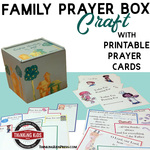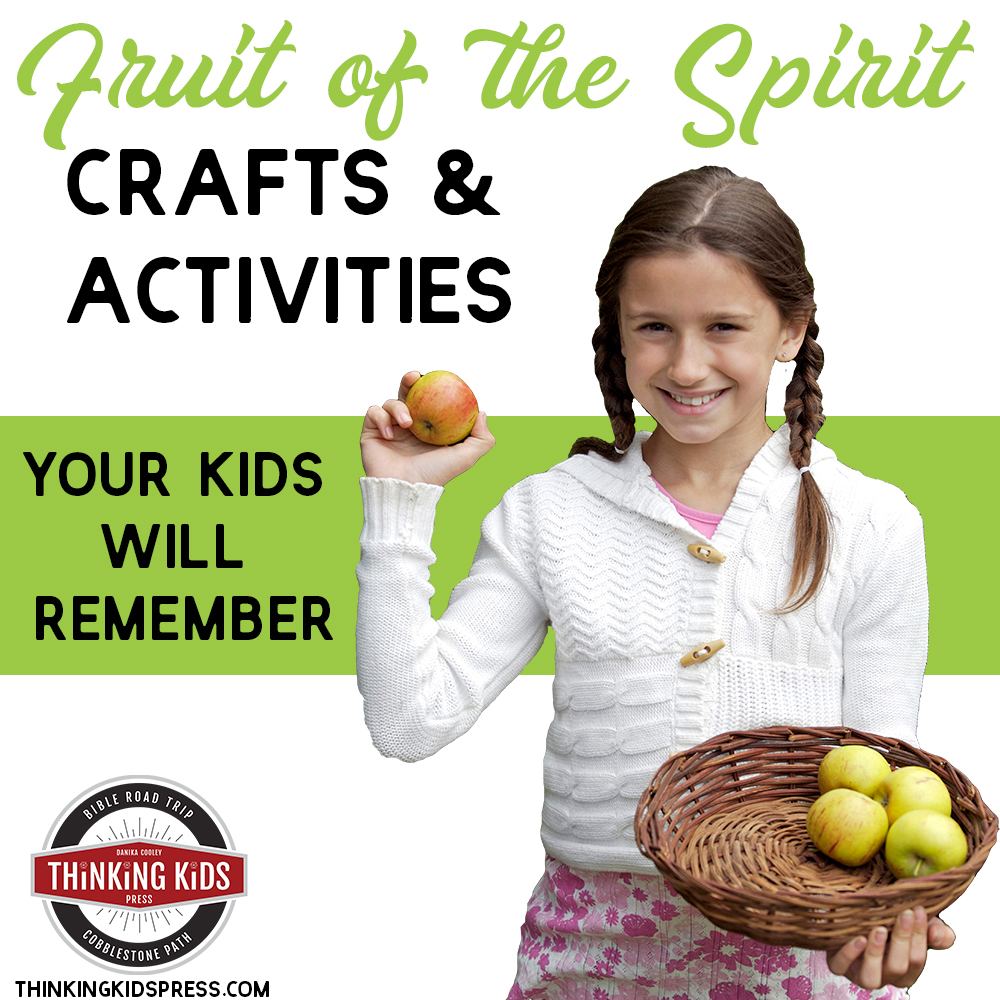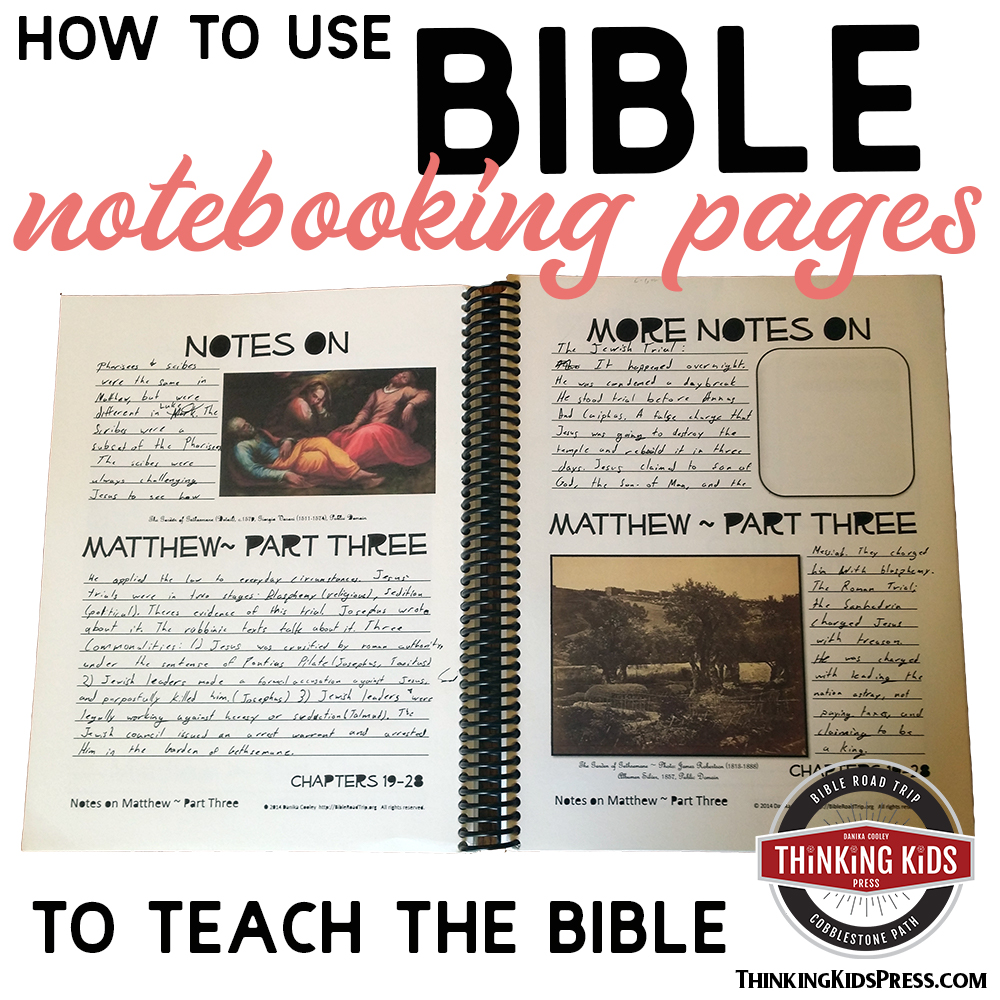
We create a culture of reading in our homes.
Books open up exciting worlds to your kids. However, the task of reading requires effort to learn and to advance. You can help get your kids reading books with a few simple tips.
Reading Kids
My husband and I have two natural born readers. Our oldest and our youngest took to reading easily and gracefully, devouring books like starving baby birds cry out for worms. The other two were, well, tougher. Our solution? An environment that promotes reading.
Seven years ago, when I originally wrote this article, I added up the books our youngest two children read. Our 2nd grader (our third child) went through 86 chapter books, books of the Bible and non-fiction books. Our 1st grader? 129 books.
Ways to Get Your Kids Reading Books
You, too, can get your kids reading books by creating a culture of reading in your home.
Here are my best suggestions for promoting reading in your home. I’d love to hear yours as well!
1) Make Reading Fun
- Keep a reading log. It’s a fun way for competitive kids to keep track!
- The My Reading Log has tons of book lists to keep, stuff to learn about fiction and nonfiction, and mini book reports to fill out.
- Have in-home reading days with popcorn, jammies, and hot-from-the-oven cookies.
- Don’t be afraid to include fun nonfiction, like Bible puzzle books or informational books with beautiful pictures.
- Find books your kids enjoy. For our 2nd grader, that includes almanacs and adult astronomy books. He is still required to read novels, but he reads nonfiction for fun.
- Update, 7 years later: Our son is now in high school and he still loves nonfiction. He also reads fiction for fun and is writing a novel!
- Don’t be afraid to walk away from a book if no one likes it. Some books are excruciating for a child. We have shelved our G.A. Henty books for the time being. I hope the kids will appreciate them one day, but for now, they are painfully over descriptive. We don’t feel like our kids need to read only books written more than a hundred years ago to appreciate good literature.
- Update: Our boys have read multiple G.A. Henty novels and loved them. In fact, they adore classic literature. It was perfectly OK to wait until they were ready to read older books.

Looking for a book log that has it all? Check out the My Book Log.
2) Set Up a Culture of Reading
- Schedule free-read times, early in the morning or late in the afternoon, while they are still sleepy, or after they have already played actively.
- Watch that TV time. We allow one half hour of TV on weekdays only. Sometimes the kids forget to watch their favorite show for weeks. We do make exceptions for illness or the occasional movie. Kids will rarely turn off the TV in favor of reading (or living life, for that matter), but will often seek a book if they have lots of free time.
- Update, 7 years later: We no longer watch TV at all in our home–just one movie a week (if we have time). Forgoing heavy media consumption has been a great decision for our family.
- Allow kids to have unscheduled time in their day. Just like us, kids aren’t going to read if they have no time.
- Video games? What video games? Honestly, screen time is screen time. I recommend limiting it to constructive viewing, like the What’s in the Bible with Buck Denver series. We’ve found audio books and radio programs like Adventures in Odyssey to be a great alternative; they entertain and require imagination.

3) Own Great Books!
- I can’t tell you how important this is. We love the library, but nothing beats a restless child with a shelf full of great books. Our youngest started reading The Chronicles of Narnia in Kindergarten. It never would have occurred to me to check those out for him. They were available, though, and he’s read them a few times now.
- Update: Over the years our kids have picked up great books with no urging from me. They’ve read Great Expectations, To Kill a Mockingbird, all of the Sherlock Holmes novels, and more–just because they were on the shelf in our home.
- Make the space. When we had four kids in the house, they each had a little bookshelf . Their closets ended up full of books, too. We also had bookshelves in the hallways, nooks and crannies. Now that we’re down to two kids at home, one of the bedrooms is a library.
- When we moved, one of the items high on our wish list was a library.
- Go on book hunts together. We love Amazon, used bookstores, garage sales, and eBay. Many of our books were $.10 to $.50 each. The kids love picking out their own books.
- Variety is important. Kids should have access to non-fiction, novels, classic literature, historical fiction and narrative biographies.
- The My Book Log will teach your kids all about fiction and nonfiction genres, and give them lists by genre to keep track of the books they’d like to read.
Books Make Great Gifts!
4) Reading Kids Visit the Library
- Go often! Kids love the control of choosing their own books. Libraries have great books you may not wish to own, but would love to borrow. We do occasionally veto books, explaining why we won’t bring a particular book into our home.
- The My Book Log has a whole section on libraries. Your kids will learn about the Dewey Decimal System and go on library scavenger hunt!

5) Read Aloud to Get Your Kids Reading Books
- I love reading aloud to my kids. It’s bonding experience, it allows them to experience books they may naturally shy away from, and it encourages discussion. In our home, we have a “devotional” reading (this varies widely, from short biographies to apologetics or actual devotionals), we read the Bible and we are always working on some great story. I like to choose read-alouds that allow me to practice my melodramatic voices and accents!
- Reading aloud to your kids will help them develop a love of reading without all of the work.
- Read alouds are a great bonding activity. While I still read the Bible with my kids (and now they read it themselves as well), I remember fondly the hours we spent reading together. I know they do too!
- Reading aloud allows your kids to enjoy books that tell a great story but are far beyond their own ability to read.

6) Be a Reader
- Habits are caught, not taught. I will never forget the day I searched the house for my oh-too-quiet boys (aged 6 and 7 at the time), expecting to discover the bathtub overflowing so the Lego men could go swimming (it wouldn’t be the first time the Lego men needed more room). Instead, I found them in the library on the couch, reading Joel and Obadiah. It made my heart smile! It’s all my husband’s fault. He was in the living room with his Bible and four reference books, comparing theological nuances.
Thinking kids are reading kids. Reading informs, changes perspective and entertains. With a little effort on the part of parents, reading can be a joy for children.
Teach Your Kids the Bible with Bible Road Trip™

Bible Road Trip™ is a three-year Bible survey curriculum. Take your family through the Bible five times from preschool to high school.
To help you get the most out of your studies, Bible Road Trip™ has an array of coordinating weekly activities:
- Researching the section of the Bible you’re studying
- Reading and discussing the Bible
- Memorizing Scripture
- Notebooking about your studies
- Praying for the nations
- Suggestions for further study
- Crafting about what you’ve learned
- For your older students: A project to share what they’ve learned
- Bible Road Trip™ also has some great tools you can use along with it, such as:
- Notebooking Journals for grades 1-9. Want a structured notebooking journal for high school? Don’t hesitate to use the Dialectic journal (grades 7-9).
- Bible Memory Card Sets for all five levels of study, preschool to high school. These are available in both ESV and KJV.
Grab your Bible Road Trip™ Year One Sample Pack. You’ll get:
- The Bible Road Trip™ Parent / Teacher Guide.
- The first three weeks of the curriculum for all five learning levels. Week Three is where we really dive into the Bible and begin to our systematic study. Week Three will give you a good feel for the rest of the curriculum.
- The first three weeks of the Bible Memory Card sets for all five levels, in ESV and KJV.
- The first three weeks of each of the three leveled Notebooking Journals.
Grab the Sample Pack for FREE:

Disciple your kids by taking your family through the Bible together in a meaningful way!

Bible Road Trip™ Curriculum
Take a look inside the Bible Road Trip™ curriculum! Let me show you around:
Bible Resources for Your Kids
Learn More HereLearn More HereLearn More HereLearn More HereLearn More HereLearn More Here
More Thinking Kids Posts You’ll Love

Join the newsletter

Get the Family Prayer Box Project FREE!
Teach your children to pray with this fun project that includes 7 printable sets!






























































































































































Danika these are all great strategies. We had one for whom reading was torturous, so we also employed:
Buddy reading—through about 4th grade, we read together. Big chunks for us, follows by smaller chunks for him @first, till he gained easy fluency.
Realize that reading is reading, within reason. None of us want our children reading inappropriate material, but there is nothing that says reading is invalid if it is not great literature. Our guy who struggled viewed magazine articles as much less intimidating than a novel, they contained items of specific interest to him, he was more willing to work at reading them, and because of this he would often read longer and at a more challenging vocabulary/word deciphering level.
Debbie,
Those are some great strategies! I can’t believe I forgot to mention the magazines – they are wonderful … the length and pictures are encouraging and the subject matter is always changing.
We also enjoy taking turns reading. Thank you for sharing your thoughts!
Couldn’t agree more, Danika! We are big reading advocates in our home, too.
That’s great, Jennifer! There’s nothing quite like reading! Thanks for the comment. 🙂
~ Danika
We have 4 avid readers at our place. My 3rd child (a son) was slower to get going but he loves it now too. A couple of things that I think really helped were: No TV and barely any movies or computer time either. We also had a nap time each day. This is something that still happens though 3 of my 4 children are teenagers. I just needed a quiet break each afternoon and I like to read and get a power nap so when the kids were younger (it isn’t really required now but mostly they all still do anyway) the kids had to go to their bed. They didn’t have to sleep but their only other option was reading or looking at books. They grew to truly love that time. No chores, no schoolwork just fun reading. “Mom, is it naptime yet?”
We also did most of the other things you mentioned: reading aloud (a lot!) , example of reading, providing fun books, visiting the library, etc.